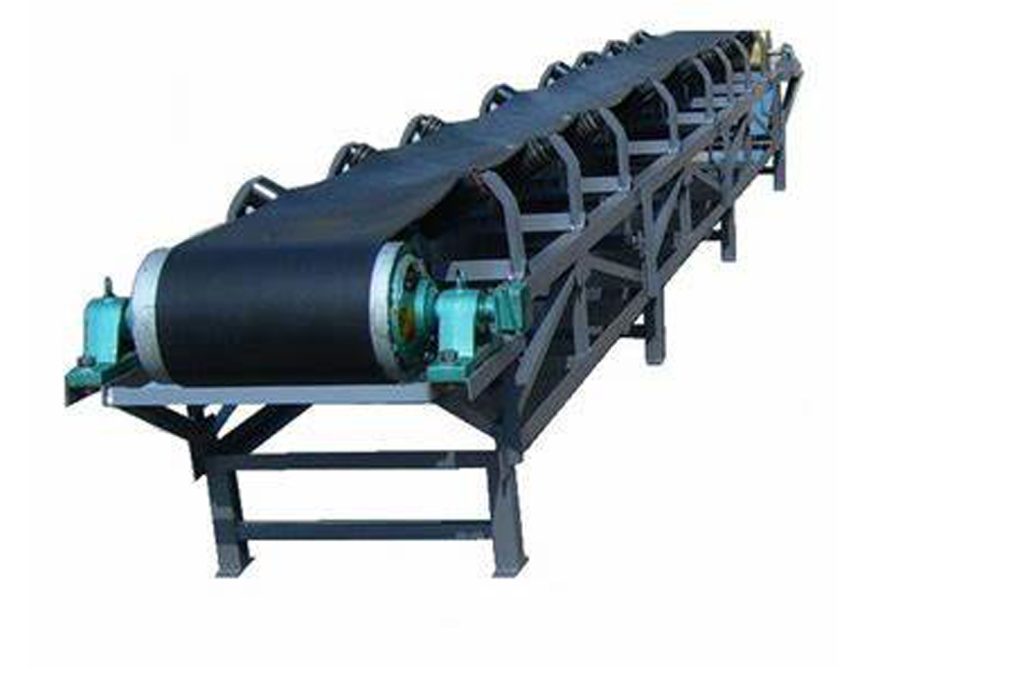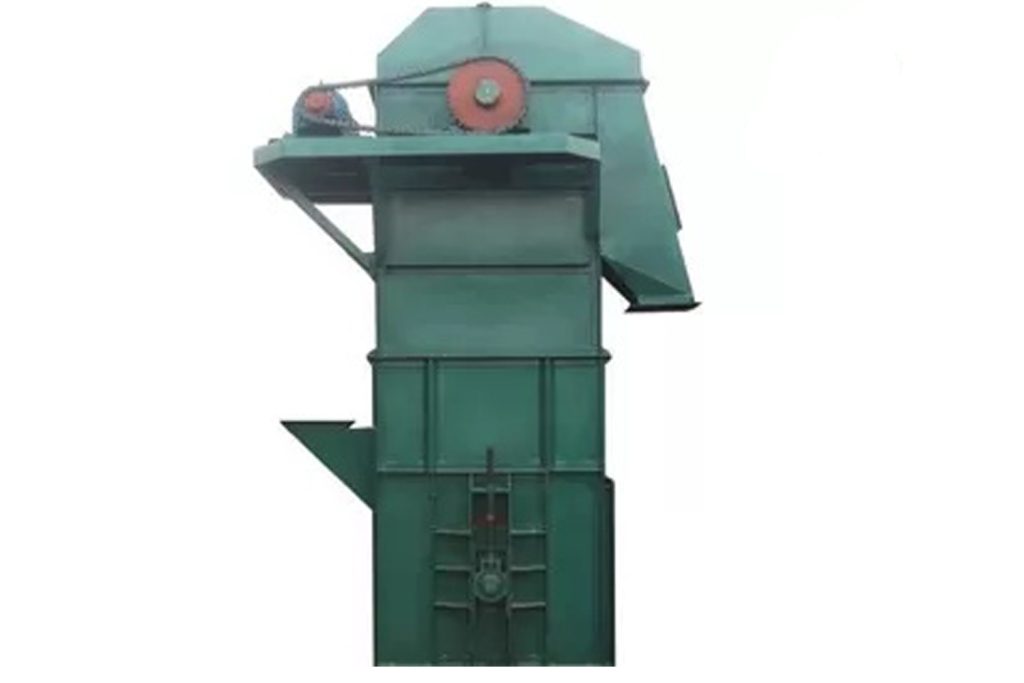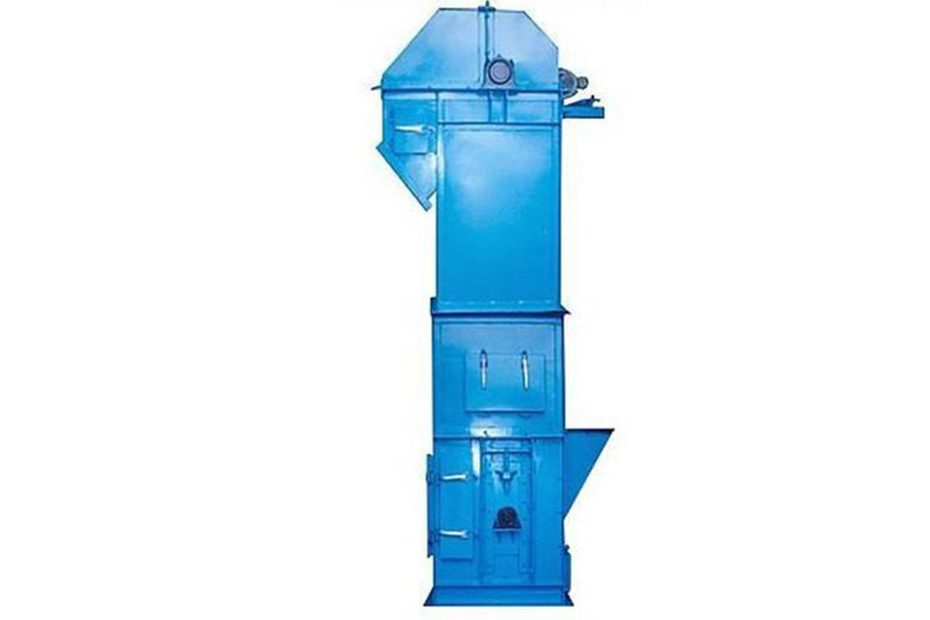In industrial settings, the movement of materials is a fundamental process that influences efficiency and productivity. Two commonly used methods for material handling are bucket elevators and conveyor belts. While both serve the purpose of transporting bulk materials, they differ significantly in design, operation, and application.
Understanding Bucket Elevators
Bucket elevators are vertical conveying systems designed to lift bulk materials vertically from one level to another. They consist of a series of buckets attached to a belt or chain, which move in a continuous loop, scooping up material at the bottom and discharging it at the top. The buckets are typically made of reinforced plastic, metal, or rubber, depending on the specific application requirements. Bucket elevators are commonly used in industries such as agriculture, mining, and manufacturing for handling granular or powdered materials like grains, seeds, ores, and aggregates.
Understanding Conveyor Belts

Conveyor belts are horizontal or inclined systems used for transporting bulk materials along a predetermined path. They consist of a continuous loop of material, typically made of rubber, fabric, or metal, supported by rollers or idlers. Conveyor belts can be flat or troughed, depending on the material being conveyed and the application requirements. They are widely utilized in industries such as logistics, food processing, automotive, and construction for transporting a variety of materials, including packaged goods, raw materials, and finished products.
Comparison of Bucket Elevators and Conveyor Belts
While both bucket elevators and conveyor belts serve the purpose of material transportation, they differ in several aspects. The following table provides a comparison between the two systems:
| Feature | Bucket Elevators | Conveyor Belts |
|---|---|---|
| Direction of Movement | Vertical | Horizontal or Inclined |
| Capacity | Moderate to High | Moderate to High |
| Material Handling | Granular or Powdery | Bulk or Packaged |
| Flexibility | Limited | High |
| Maintenance | Moderate | Moderate to High |
| Space Requirements | Vertical Space | Horizontal Space |
| Cost | Moderate to High | Moderate to High |
Top 4 Advantages of Bucket Elevators

- Vertical Movement: Bucket elevators are specifically designed for vertical transport, making them ideal for applications where materials need to be lifted to different levels within a facility.
- Gentle Handling: The design of bucket elevators ensures gentle handling of materials, minimizing product degradation or damage during transportation.
- Space Efficiency: Bucket elevators require less horizontal space compared to conveyor belts, making them suitable for installations where space is limited.
- Dust Containment: The enclosed design of bucket elevators helps contain dust and prevent spillage, maintaining a clean and safe working environment.
Top 4 Advantages of Conveyor Belts
- Horizontal Movement: Conveyor belts are versatile systems capable of horizontal, inclined, or even vertical transport, offering flexibility in material handling applications.
- Continuous Operation: Conveyor belts can operate continuously, allowing for high throughput and uninterrupted material flow, which is beneficial for large-scale production environments.
- Variety of Materials: Conveyor belts can handle a wide range of materials, including bulk commodities, packaged goods, and irregularly shaped objects, making them suitable for diverse industrial applications.
- Easy Maintenance: Conveyor belts are relatively easy to maintain, with components such as rollers, idlers, and belt cleaners readily accessible for inspection and servicing.
Applications of Bucket Elevators and Conveyor Belts
Bucket Elevator Applications:
- Agriculture: Handling grains, seeds, and fertilizers.
- Mining: Transporting ores, minerals, and aggregates.
- Manufacturing: Conveying powders, pellets, and granular materials.
Conveyor Belt Applications:
- Logistics: Sorting and transporting packages and parcels in distribution centers.
- Food Processing: Moving ingredients, finished products, and packaging materials in food production facilities.
- Automotive: Conveying components along assembly lines in automotive manufacturing plants.
Conclusion
In conclusion, bucket elevators and conveyor belts are both indispensable conveyor system equipment for material handling in industrial environments, and each conveyor equipment has unique advantages and is suitable for specific applications. Bucket elevators excel at vertical transportation of granular or powdery materials, with gentle handling and a space-saving design.
On the other hand, conveyor belts provide flexibility, continuous operation, and versatility in handling a wide range of bulk or packaged materials. Understanding the differences between these two systems is essential for selecting the most suitable solution to meet the material handling requirements of various industries.
